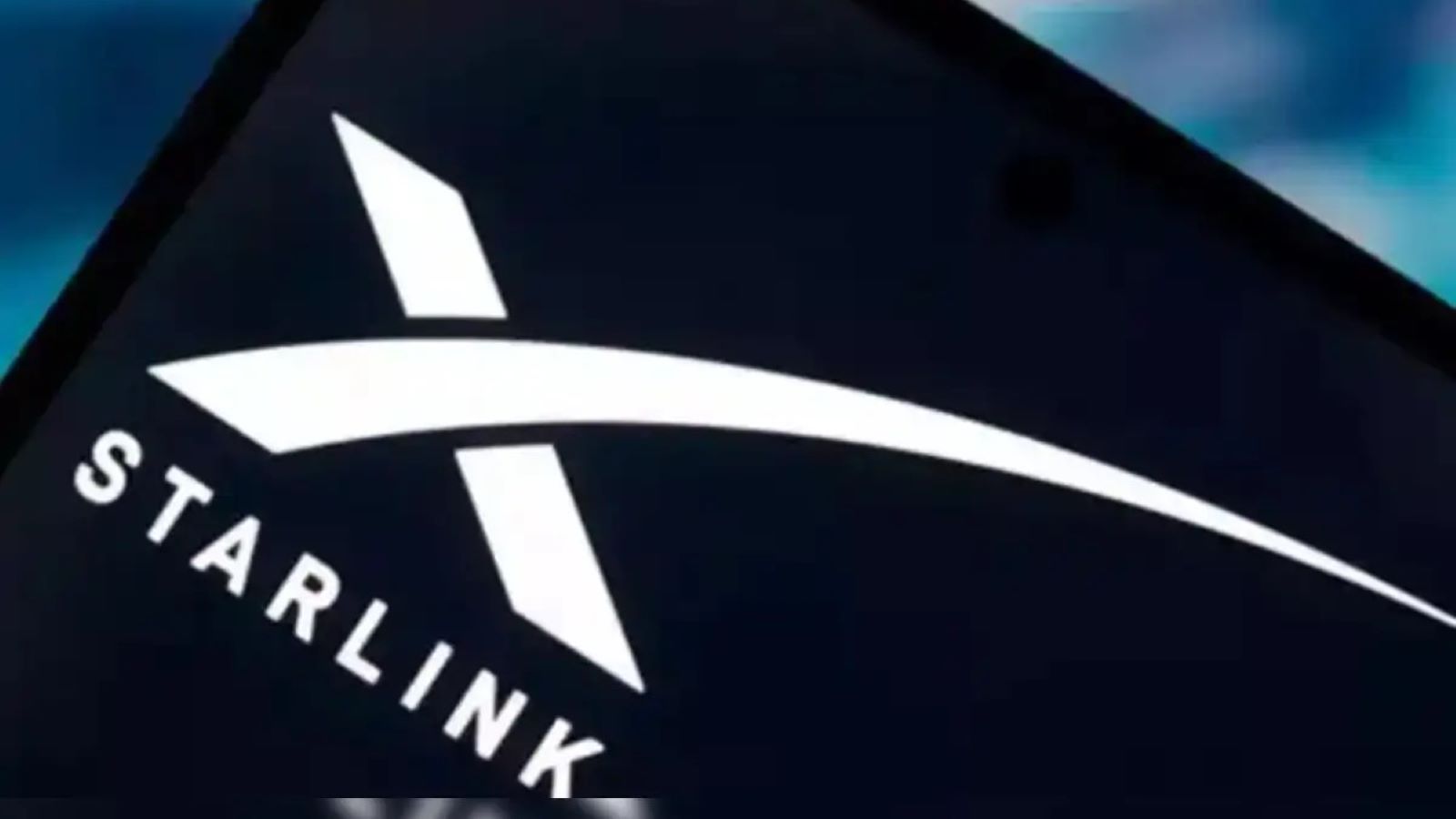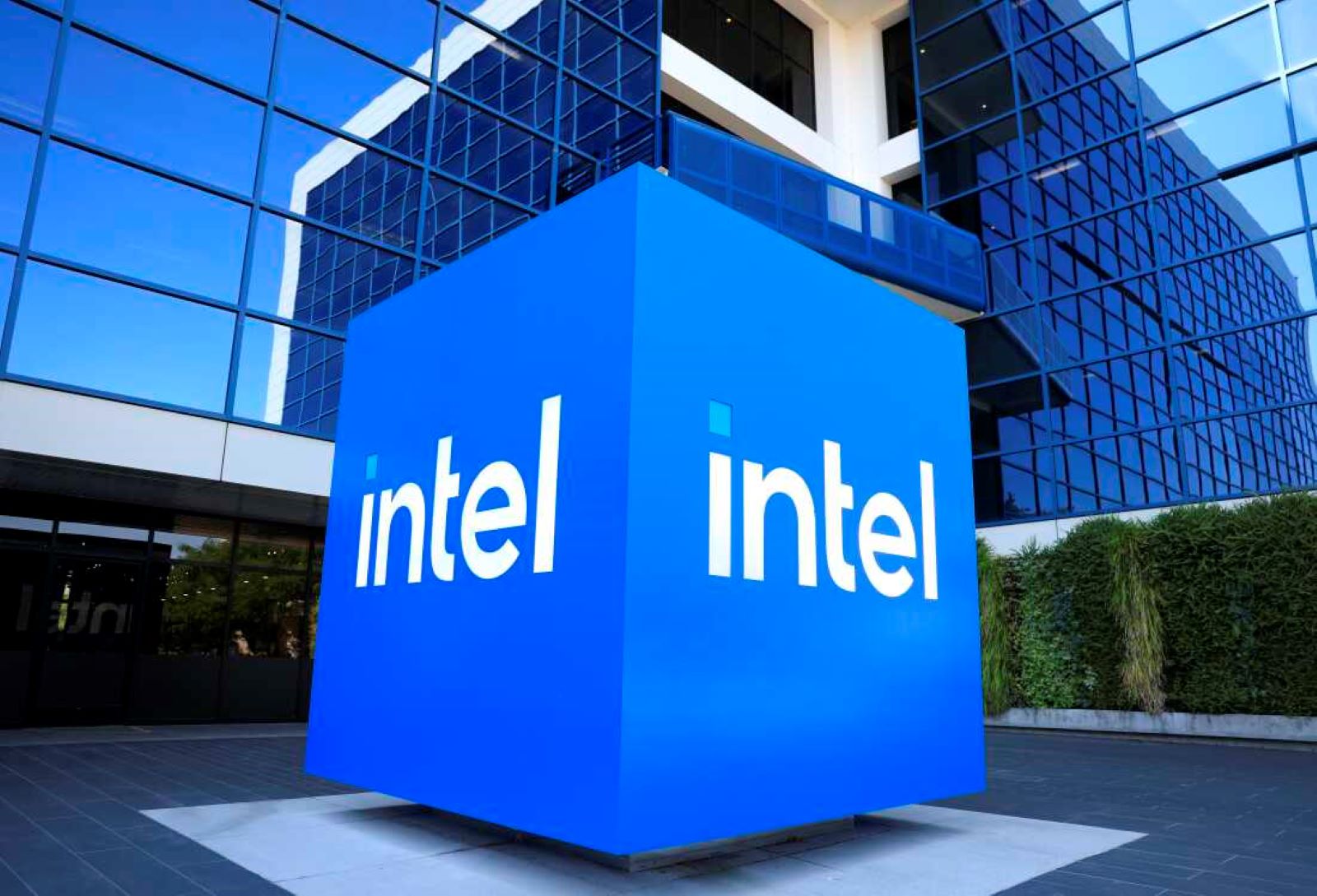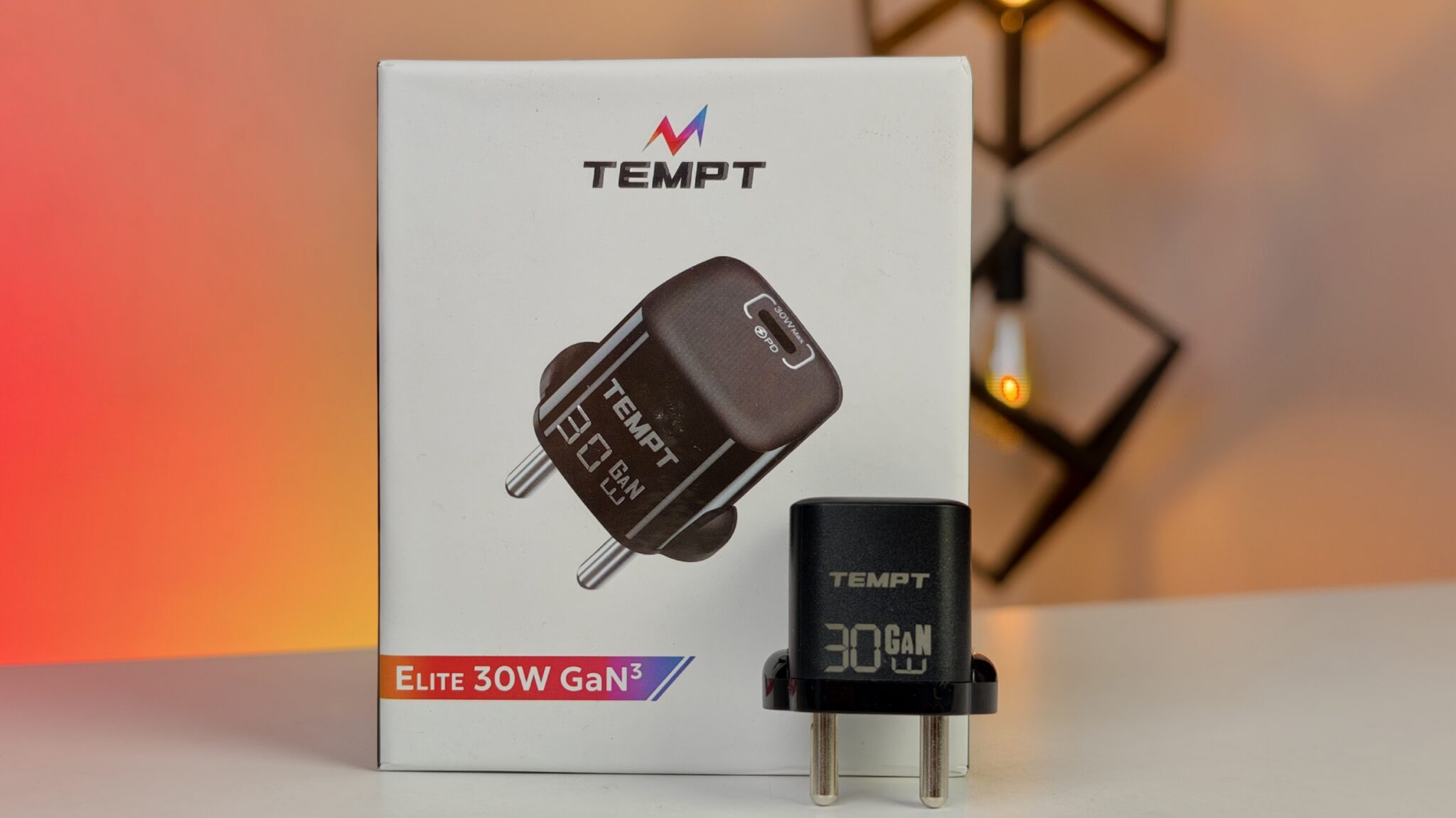Elon Musk’s Starlink has officially begun security testing in India, taking a significant step toward its long-awaited commercial launch. These trials, mandated by India’s Department of Telecommunications (DoT), represent one of the final checkpoints before the company can roll out its satellite-based broadband services across the country. If everything stays on track, Starlink could be available commercially by early 2026.
Key Takeaways
- Security Trials Underway: Starlink is conducting mandatory security compliance demonstrations in India using provisional spectrum, a final pre-launch hurdle.
- Infrastructure Building: The company plans to establish at least nine gateway earth stations across major cities like Mumbai, Noida, Chandigarh, Hyderabad, Kolkata, and Lucknow.
- Target Launch Timeline: Commercial services are expected to begin in early 2026, pending final security approvals and a crucial pricing framework from the Telecom Regulatory Authority of India (TRAI).
- Strict Security Rules: Starlink must follow specific government rules, including storing all test data within India and ensuring only Indian nationals operate the gateway stations initially.
- Focus on Consumers: Starlink is aiming to serve retail consumers, intending to provide high-speed, low-latency internet where current services are slow or non-existent.
After obtaining its Unified License from the DoT, the company is now focused on meeting India’s strict national security and regulatory standards. This includes both compliance testing and the establishment of key infrastructure on the ground. For India, the introduction of low-Earth orbit (LEO) satellite services could be a turning point, particularly in rural and remote areas that have long been beyond the reach of traditional fibre or mobile networks.
Security Trials Underway
Starlink is currently conducting mandatory security demonstrations in India using a provisional spectrum. These tests are a crucial step before any commercial rollout. The government has permitted the company to import up to 100 terminals for fixed satellite service testing, but these devices can only be used for technical validation, not for offering internet to customers yet.
This phase is especially important given the earlier concerns raised by Indian authorities about the unauthorized use of Starlink terminals in sensitive regions like Manipur. As part of the new compliance framework, the company is required to fully cooperate with government agencies and regularly share terminal and user data.
Building the Ground Infrastructure
Starlink’s expansion plan also depends heavily on building a network of gateway earth stations that will route satellite data locally. To ensure data belonging to Indian users remains within the country, the company aims to set up at least nine such stations in cities like Mumbai, Noida, Chandigarh, Hyderabad, Kolkata, and Lucknow.
Mumbai, in particular, is emerging as a central hub for Starlink’s operations, with some groundwork already completed. These gateways are essential to connect Starlink’s satellite network to the global internet backbone through terrestrial fibre connections, ensuring faster and more secure data transmission.
Tough Security Conditions in Place
The Indian government has outlined a series of strict operational conditions for Starlink’s testing phase. One of the most notable requirements is that all data generated during the security trials must be stored entirely within India. Additionally, until foreign technical experts receive official security clearance from the Ministry of Home Affairs, only Indian nationals can operate the gateway stations.
These restrictions are not arbitrary, they stem from national security considerations, as the satellite communication (satcom) sector is seen as strategically critical. It’s a cautious approach, but perhaps a necessary one, given how sensitive cross-border data transmission can be.
Launch Hinges on TRAI’s Pricing Framework
Although Starlink has made steady progress, its commercial debut depends on two key approvals: the final nod from security agencies and a clear pricing structure from the Telecom Regulatory Authority of India (TRAI). The upcoming pricing policy will determine how spectrum for satellite services is allocated and priced.
Industry experts expect TRAI to finalize its framework by late 2025. If that happens, Starlink could proceed with its full-scale launch in early 2026. The administrative (non-auction) allocation of spectrum is likely to make the rollout more affordable, potentially benefiting millions of users in underserved areas.
Focusing on Rural and Remote Connectivity
At its core, Starlink’s mission in India is to bring reliable, high-speed internet to regions that existing providers have largely overlooked. The company’s satellites orbit at around 550 kilometres above Earth, which allows for lower latency compared to older satellite systems.
The focus is clearly on retail consumers, households and small communities that currently struggle with patchy or non-existent internet access. By extending broadband connectivity to difficult terrains and remote villages, Starlink could play a meaningful role in narrowing India’s persistent digital divide.
In many ways, the company’s progress in India will be a test of how satellite internet can complement existing terrestrial networks. If successful, it might not just be a technological milestone but also a social one, giving more people access to education, commerce, and essential services online, something that, until now, felt a bit out of reach for millions.
Frequently Asked Questions
Q. What is Starlink?
A. Starlink is a satellite internet network operated by the American aerospace company SpaceX, owned by Elon Musk. It uses a constellation of thousands of small satellites in low Earth orbit (LEO) to deliver high-speed, low-latency broadband internet worldwide.
Q. When will Starlink be available for users in India?
A. Starlink is expected to launch its commercial services in India by early 2026, after completing mandatory security tests and once the government finalizes the spectrum pricing framework.
Q. How is Starlink different from regular internet?
A. Traditional internet often uses fibre optic cables or satellites in high geostationary orbit (about 35,786 km). Starlink uses satellites much closer to Earth (about 550 km). This LEO positioning significantly reduces the time lag (latency), making the service better for activities like video calls and online gaming, especially in remote areas.
Q. Who are Starlink’s competitors in the Indian market?
A. Starlink will face competition from other companies in the satellite broadband sector, including Bharti group-backed Eutelsat OneWeb and Reliance Jio’s satellite entity, Jio Satellite.


















